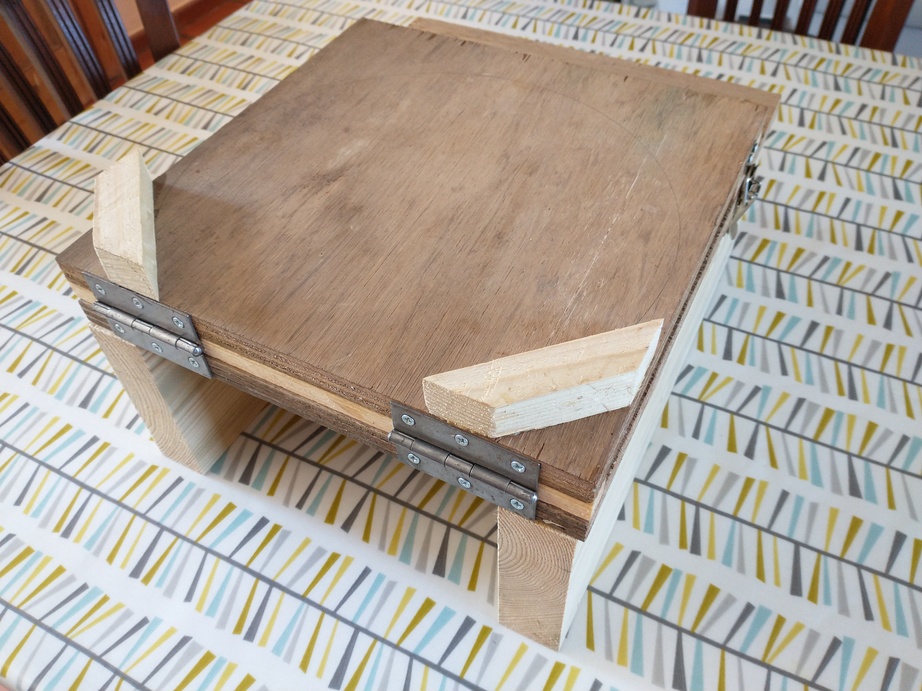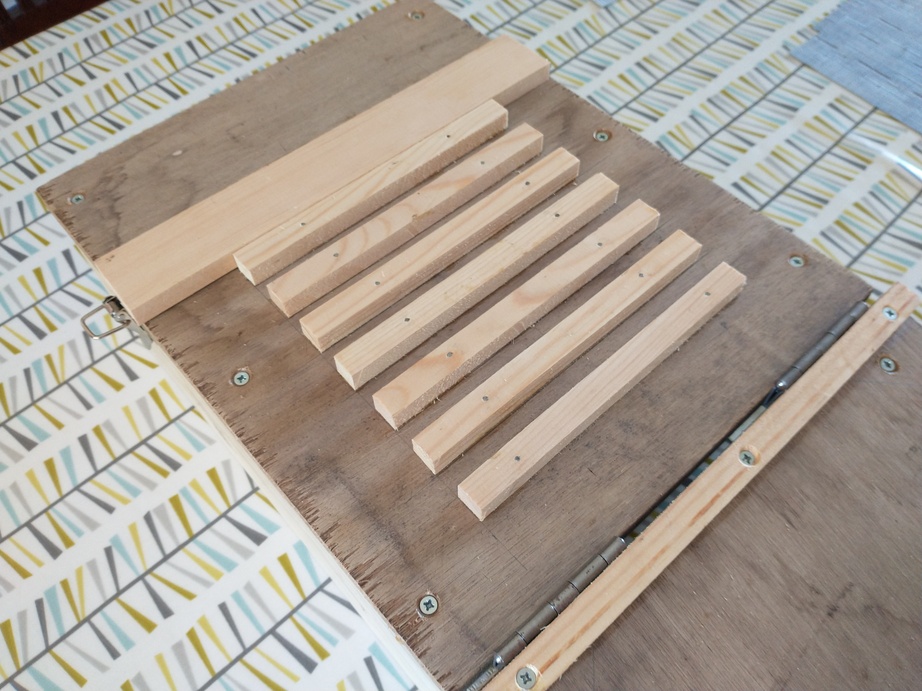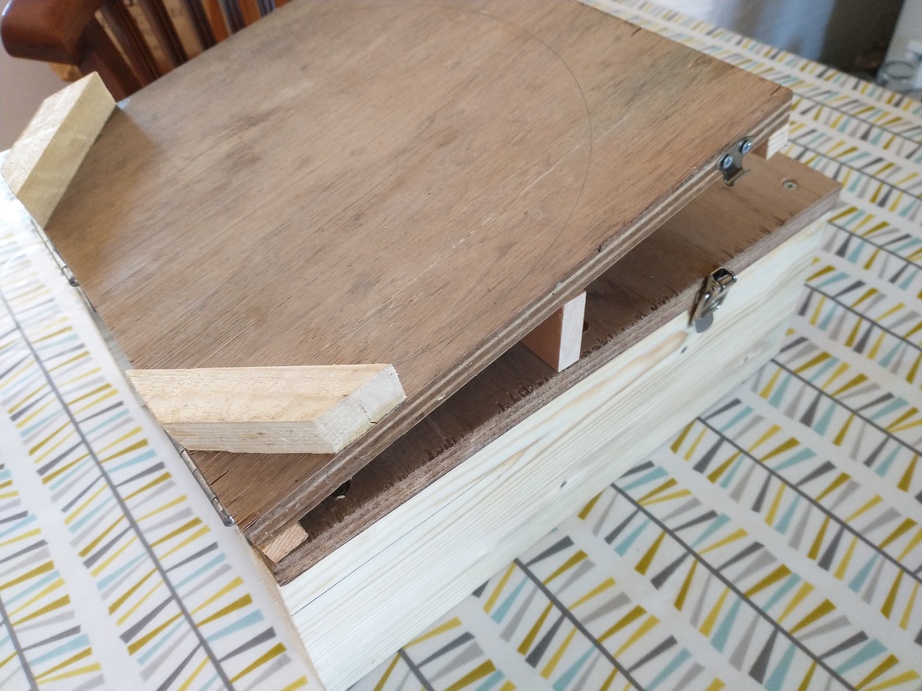- Joined
- Sep 4, 2011
- Messages
- 6,370
- Reaction score
- 6,134
- Location
- Wiveliscombe
- Hive Type
- National
- Number of Hives
- 24
I've been repairing/reassembling old super frames to go into supers under the clearer boards when I take off the supers shortly. It's been a slower process than I wished, mostly thanks to undergoing some fairly abusive dental surgery this morning. An hour and a half in the chair and it took about eight hours to get the feeling back in my jaw (at which point I wished I hadn't). It didn't put me in the best frame (ahem) of mind.
We've just opened a second bottle of anaesthetic though, so I've decided that perhaps it's time to call a halt to precision work (hitting the end of a nail with a hammer, for example) for today.
Come to think of it, going into the surgery was a bit like entering a workshop. I walked through the door and the dentist had all the tools he needed to use laid out across about three feet of worktop. I nearly lost my bottle at that point
James
We've just opened a second bottle of anaesthetic though, so I've decided that perhaps it's time to call a halt to precision work (hitting the end of a nail with a hammer, for example) for today.
Come to think of it, going into the surgery was a bit like entering a workshop. I walked through the door and the dentist had all the tools he needed to use laid out across about three feet of worktop. I nearly lost my bottle at that point
James




























































